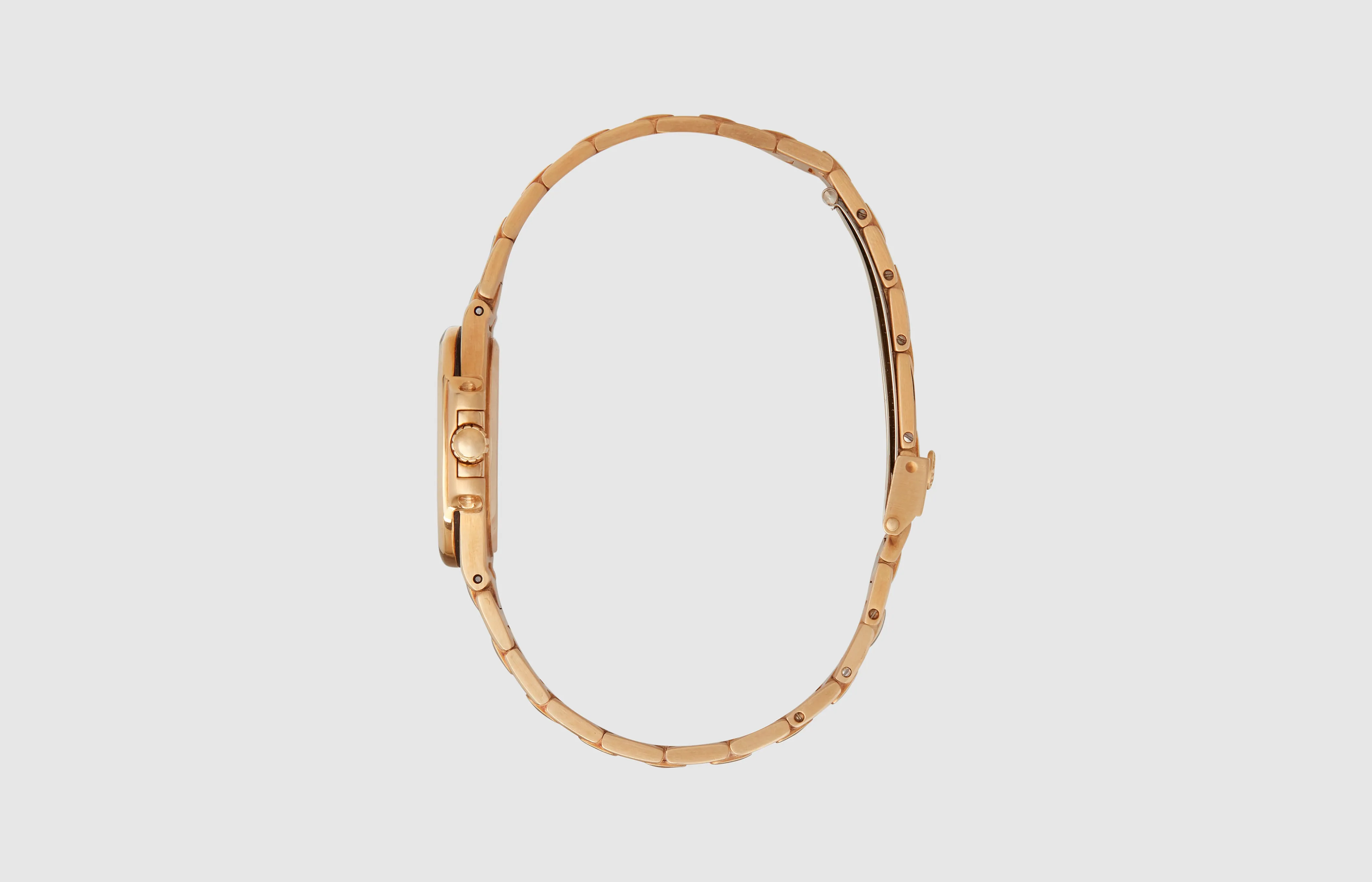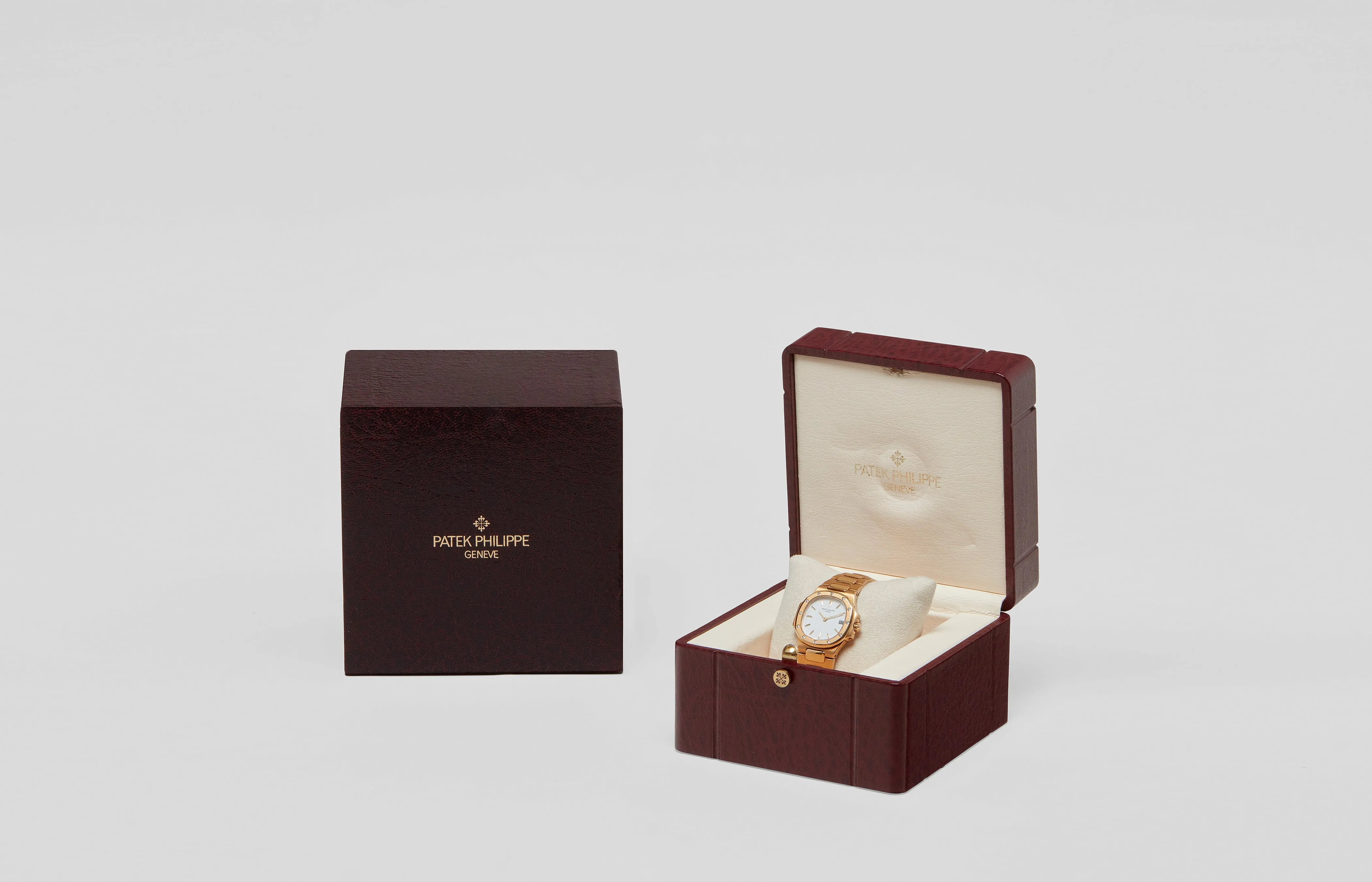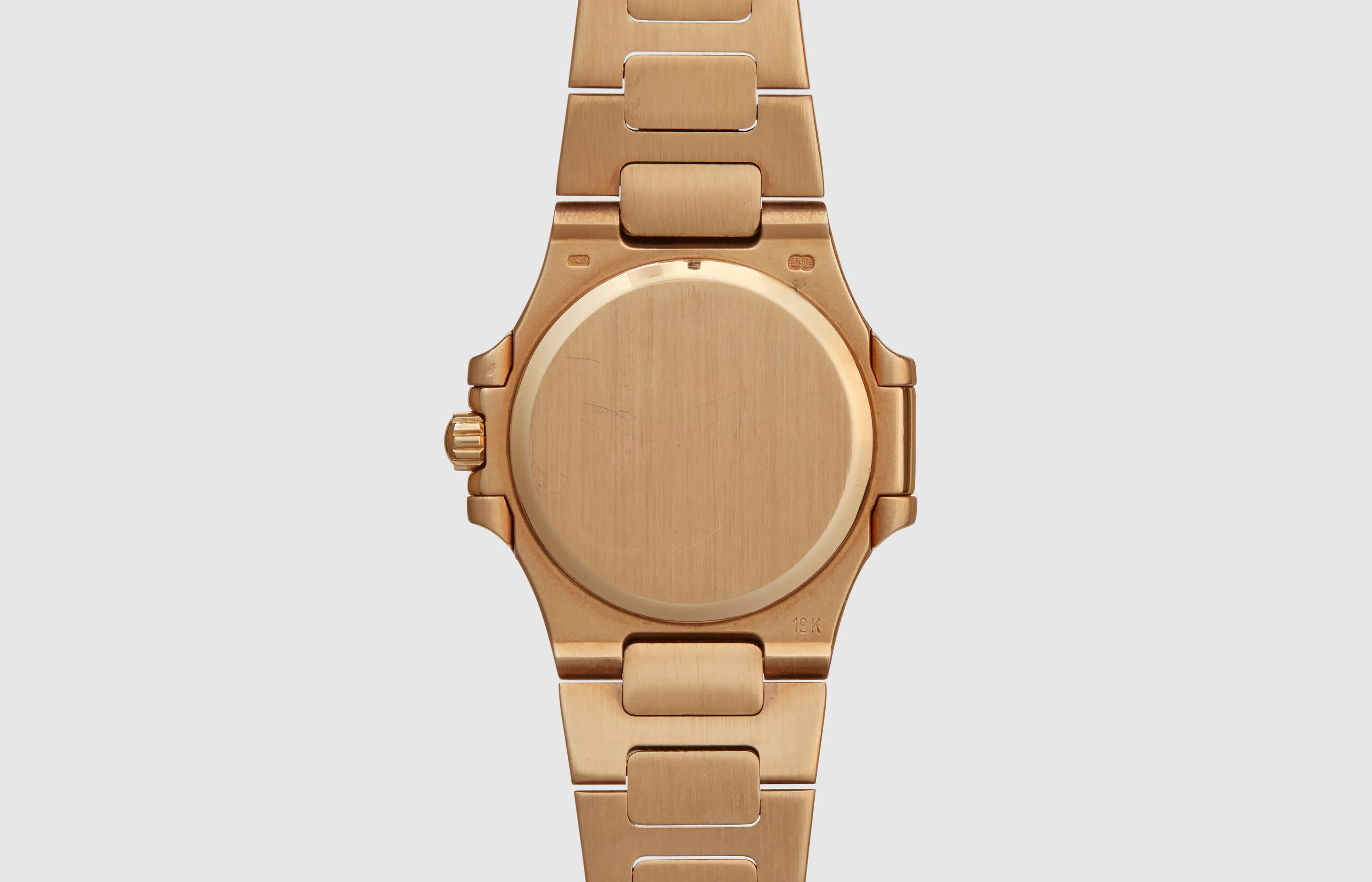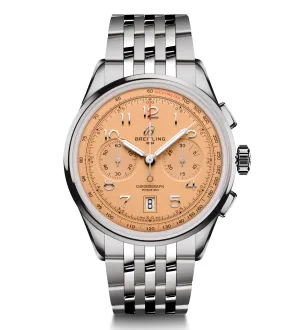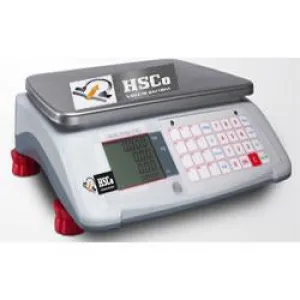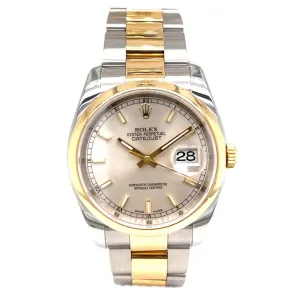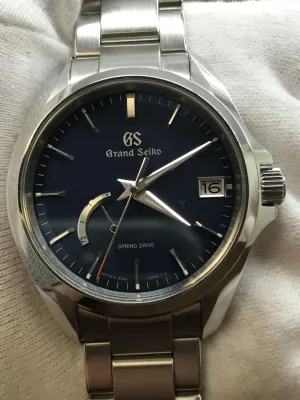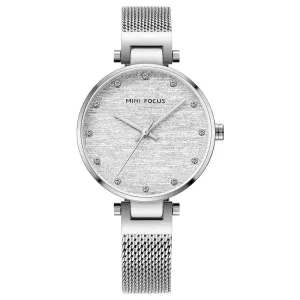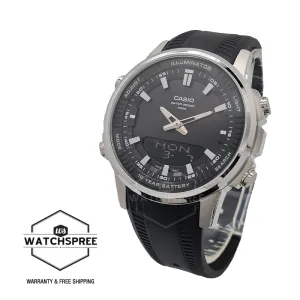A solid eighteen carat yellow gold Patek Philippe Nautilus with factory diamond set halo bezel. As iconic watches go in the collecting world, there are fewer that get the pulses racing than the Patek Philippe Nautilus. Initially released in 1976, this was the brand's response to the Audemars Piguet Royal Oak, an avant-garde luxury stainless steel sports watch born out of AP's need to survive the Quartz Crisis. Designed by Gèrald Genta, the same man behind the Royal Oak, the Nautilus drew inspiration from a porthole, featuring a rounded-over octagonal bezel and hinge-like protrusions on the case. With its signature horizontally embossed dial and iconic integrated bracelet, the Nautilus has become one of the most sought-after watches today, thanks to its timeless design, exclusivity, and impeccable craftsmanship.
Interestingly, the Nautilus did not receive a warm reception upon its initial release, largely due to its sizable 42mm case. Recognizing this, Patek Philippe debuted a 28mm quartz-powered ladies' variant, the ref. 4700, in 1980. This allowed female customers to experience the Nautilus' unique design and gradually warm to its aesthetic. The success of the ref. 4700 prompted Patek to launch the mid-sized Nautilus ref. 3800 for men in 1981, marking the beginning of the model's meteoric rise to become the brand's most coveted and collectible watch, much like the Royal Oak before it. The ref. 4700A now merges the Nautilus' unique history and heritage into a single, tremendous timepiece.
On each side of the "SWISS" at the foot of the dial are a flanking pair of “sigma” letters just below the 6 o’clock marker. This was a sign chosen by members of the l’Association pour la Promotion Industrielle de l’Or (APRIOR). In 1973, a charge led by the Federation of the Swiss Watch Industry had a clear mission: to highlight the usage of gold parts in order to enhance the perceived intrinsic value of the traditional watch. One must remember the exact context of what was going on in the Swiss watch industry at the time. Mechanical watches were about to become technically obsolete as quartz movements were on the rise – in a world facing a strong economic recession, no less. And what better way to underline the deeper value of the good old mechanical watches than by mentioning their intrinsically valuable components? The ‘sum-of-the-parts’ logic here might sound twisted at first, but it becomes much less so when correlated to the skyrocketing price of gold, which almost quintupled between 1970 and 1974.
The sigma symbols were to indicate that the hands and indexes on a watch were made of solid gold. “A watch signed with the sigma is a durable investment,” emphasized the APRIOR in marketing campaigns. There are exceptions to the 1973 rule, as Rolex watches of this caliber can be found from around 1970; but with regards to this watch, and to other very high end Swiss watches from the period, the addition of the sigma letter means gold.
Overall, the watch is in superb condition. It appears to be unpolished, and with only light wear. The all important and exceptionally rare halo diamond bezel is in excellent condition. The bracelet is tight and sharp. It is also long, fitting over a 7 inch wrist. The less common white dial is exceptional with the characteristic horizontal striping throughout; condition is perfect. If you are looking for the smallest size of the giant among giants, look no further.


